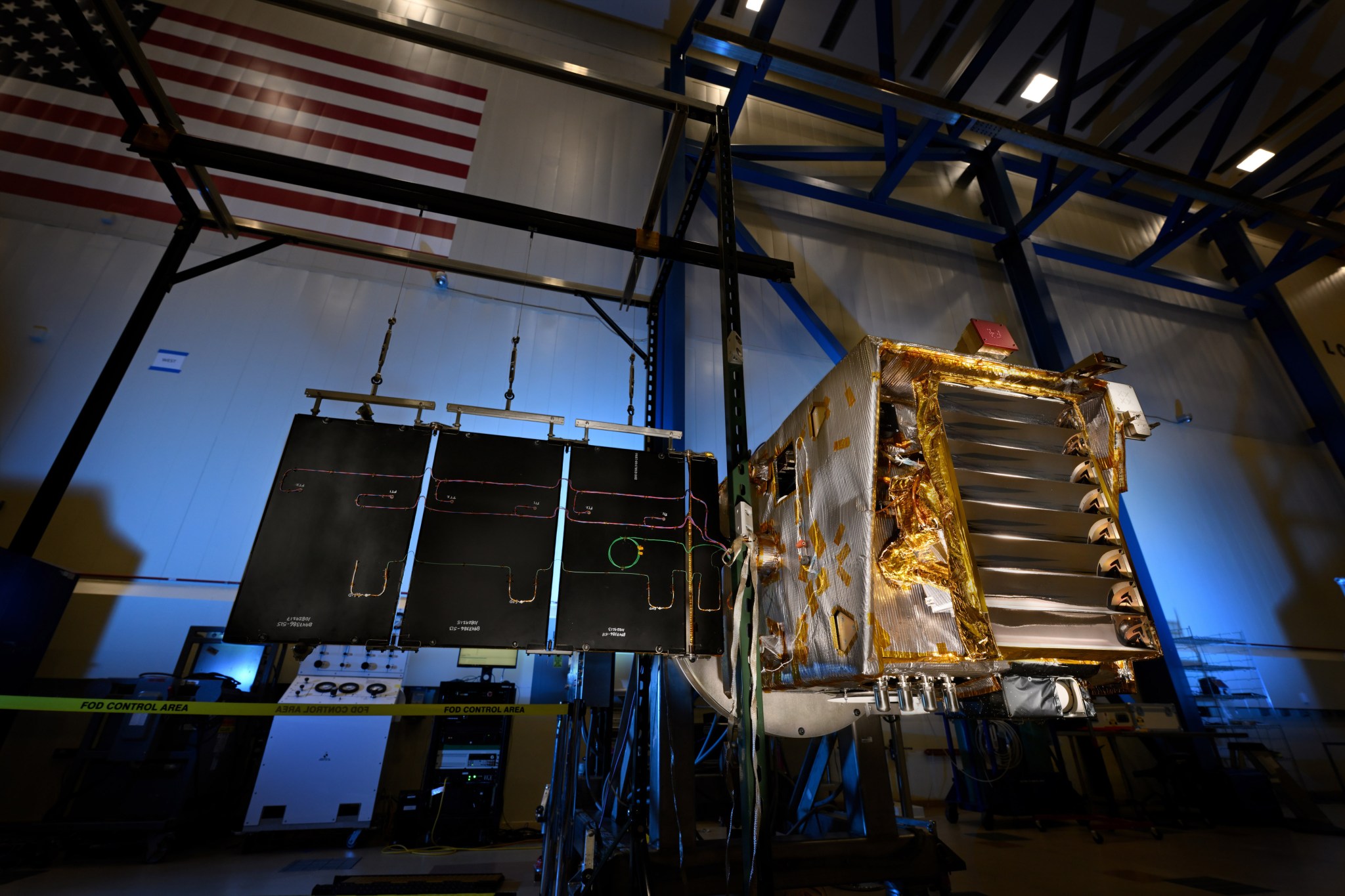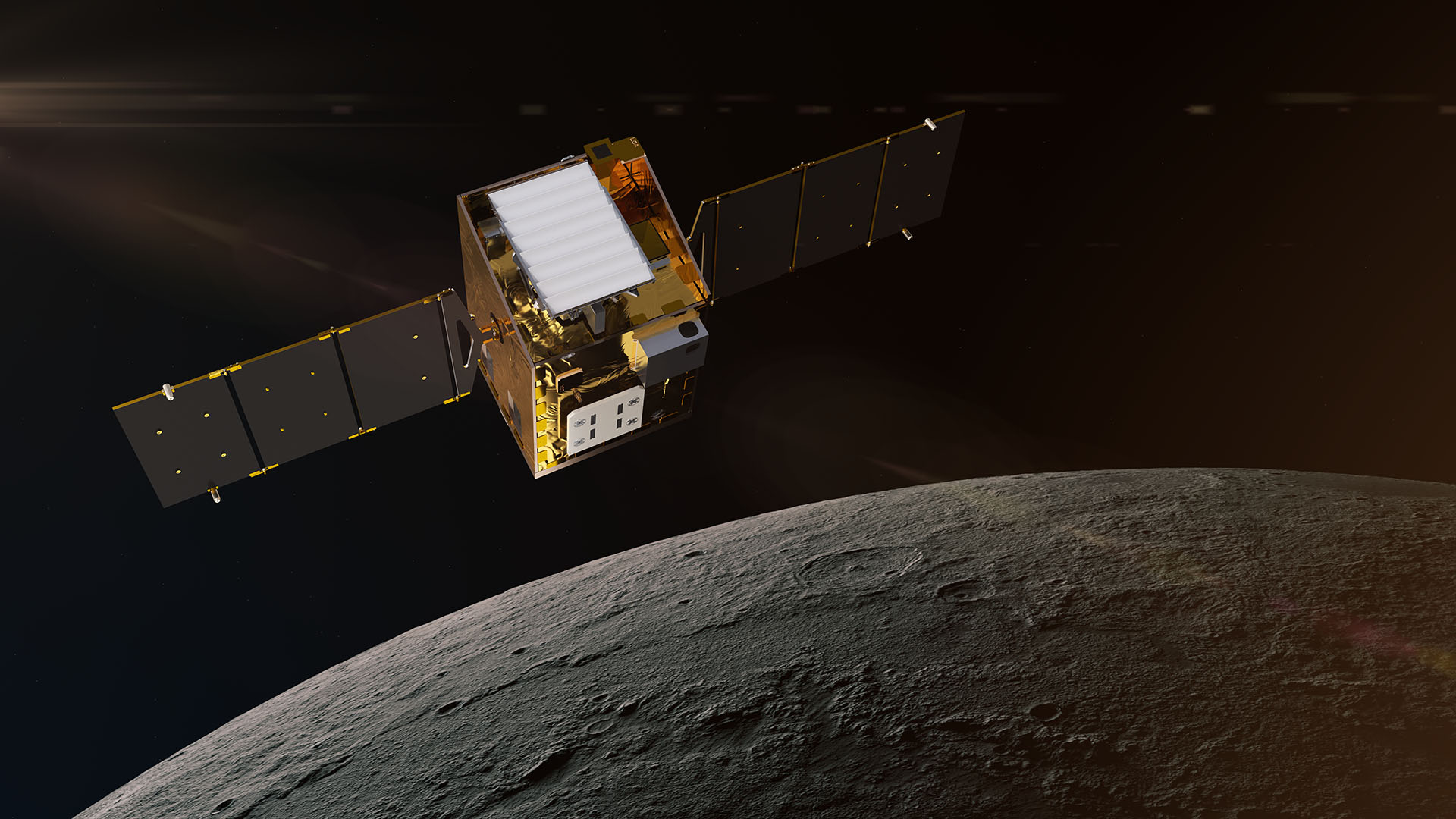6 min read

There's water on the Moon, but scientists only have a general idea of where it is and what form it is in. A trailblazing NASA mission will get some answers.
When NASA's Lunar Trailblazer begins orbiting the Moon next year, it will help resolve an enduring mystery: Where is the Moon's water? Scientists have seen signs suggesting it exists even where temperatures soar on the lunar surface, and there's good reason to believe it can be found as surface ice in permanently shadowed craters, places that have not seen direct sunlight for billions of years. But, so far, there have been few definitive answers, and a full understanding of the nature of the Moon's water cycle remains stubbornly out of reach.
This is where Lunar Trailblazer comes in. Managed by NASA's Jet Propulsion Laboratory and led by Caltech in Pasadena, California, the small satellite will map the Moon's surface water in unprecedented detail to determine the water's abundance, location, form, and how it changes over time.
"Making high-resolution measurements of the type and amount of lunar water will help us understand the lunar water cycle, and it will provide clues to other questions, like how and when did Earth get its water," said Bethany Ehlmann, principal investigator for Lunar Trailblazer at Caltech. "But understanding the inventory of lunar water is also important if we are to establish a sustained human and robotic presence on the Moon and beyond."
Future explorers could process lunar ice to create breathable oxygen or even fuel. And they could also conduct science. Using information from Lunar Trailblazer, future human or robotic scientific investigations could sample the ice for later study to determine where the water came from. For example, the presence of ammonia in ice samples may indicate the water came from comets; sulfur, on the other hand, could show that it was vented to the surface from the lunar interior when the Moon was young and volcanically active.







